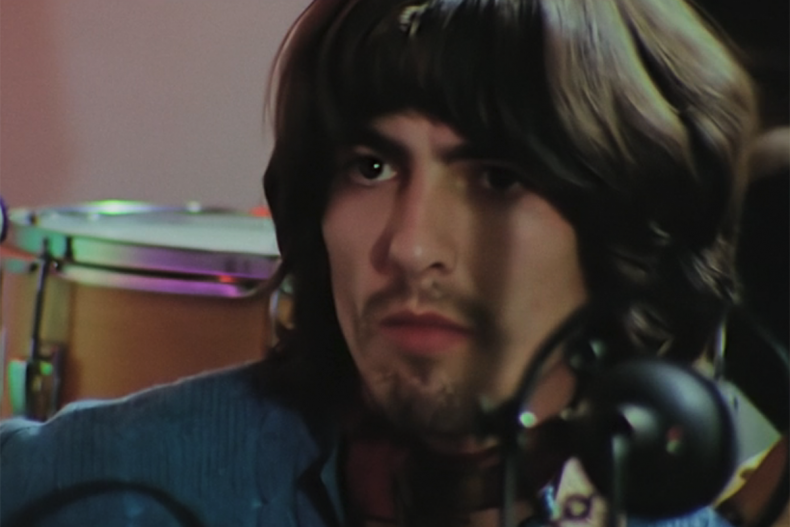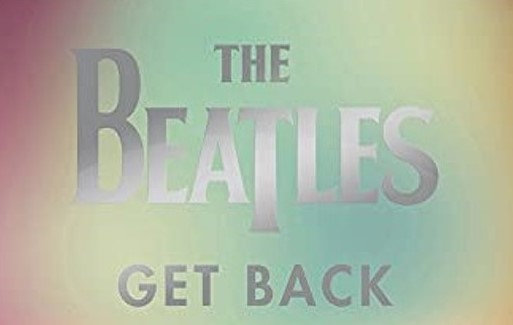Earlier this month, I proclaimed this year I would give more attention to music history. And while I still don’t believe in New Year’s resolutions, I thought what the heck and decided to take another dive into the past and see what comes up, this time for January 30!
1958: Jailhouse Rock by Elvis Presley entered the UK Singles Chart at no. 1, the first single ever to debut in the top spot. Presley also holds the distinction of being the solo artist with the most no. 1 songs on that chart, 21 times, including three re-releases of songs that previously had reached the top spot. And, yep, that’s more than The Beatles, the band with the most no. 1 singles in the UK, though there’s a tie when you exclude Presley’s three aforementioned re-released songs. Jailhouse Rock was co-written by the songwriting and production power house of Jerry Leiber and Mike Stoller.
1961: The Shirelles reached the top of the U.S. charts with Will You Love Me Tomorrow, aka. Will You Still Love Me Tomorrow?. Not only did the song become the first no. 1 for an African American girl group on the Billboard Hot 100, but it also marked the first big hit for the songwriting duo of Carole King and Gerry Goffin. The Shirelles would return to the top of the U.S. pop chart one more time, in 1962, with Soldier Boy. Ten years after The Shirelles had scored their first no. 1, King would record her own rendition of Will You Still Love Me Tomorrow? for her iconic Tapestry album.
1969: The Beatles performed their last public gig, an impromptu concert on the rooftop of their Apple Corps headquarters in London. Joined by their friend Billy Preston on keyboards, they performed nine takes of five new songs as people gathered in the streets and on rooftops close by to watch and listen: Get Back (three takes), Don’t Let Me Down (two takes), I’ve Got a Feeling (two takes), One After 909 and Dig a Pony. They also played a snippet of God Save the Queen. After about 40 minutes, police ascended the roof, and the concert came to an end shortly thereafter. Fortunately, the historic performance was captured on film. Beatles fans got to see footage in the 1970 documentary Let It Be and Peter Jackson’s 2021 documentary series The Beatles: Get Back. And, yes, they passed the audition!
1971: Neil Young played The Needle and the Damage Done during a concert at UCLA’s Royce Hall. At first sight, it may seem a bit arbitrary to call out a song Young frequently performed at the time, except that this particular take was recorded and ended up on his fourth album Harvest. Released in February 1972, it became Young’s best-selling album and also was the best-selling album of 1972 in the U.S. The Needle and the Damage Done was inspired by musicians addicted to heroin, who Young knew, including his former backing guitarist Danny Whitten who passed away in late 1972.
1988: Australian rockers INXS hit no. 1 in the U.S. on the Billboard Hot 100 with Need You Tonight. Co-written by the band’s guitarist Andrew Ferris and vocalist Michael Hutchence, the funky song first appeared on their sixth and most successful studio album Kick, released in October 1987. While INXS scored four other top 10 singles on the U.S. pop chart, Need You Tonight was their only no. 1. The song also enjoyed significant chart success elsewhere, including the UK and Canada (each no. 2) and New Zealand and Australia (each no. 3), among others.
Sources: Wikipedia; Songfacts Music History Calendar; YouTube












